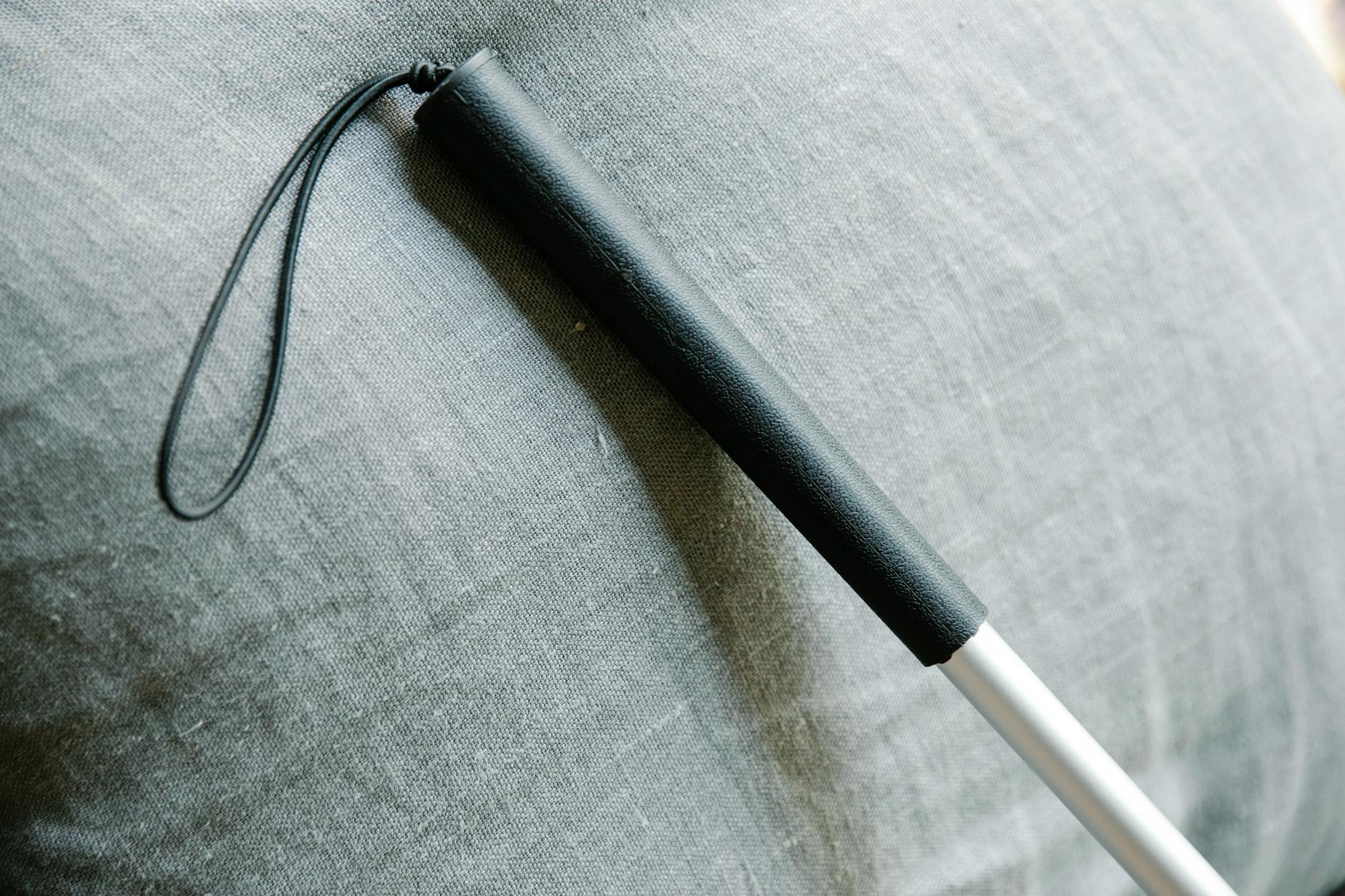Unlock the secrets to protecting your groundbreaking ideas with our comprehensive guide to patent registration. Don’t miss out!
Table of Contents
Securing Your Ideas: A Step-By-Step Tutorial on Patent Registration
Protecting your intellectual property is crucial in today’s competitive business landscape. One of the most effective ways to safeguard your ideas and innovations is through patent registration. In this comprehensive guide, we will walk you through the process of patent registration in India, covering everything from eligibility criteria to the application procedure.
Introduction to Patents
A patent is a legal right granted by the government that gives the inventor exclusive rights to their invention for a certain period of time. Patents are crucial for protecting new and innovative products, processes, and designs from being copied or used without permission. By obtaining a patent, inventors can enjoy a competitive advantage in the market and ensure that their hard work and creativity are duly recognized and rewarded.
Eligibility Criteria for Patent Registration
In order to be eligible for patent registration in India, your invention must meet certain criteria. Firstly, the invention must be new and not disclosed to the public before the filing of the patent application. Secondly, the invention must involve an inventive step, meaning it must not be obvious to someone skilled in the relevant field. Lastly, the invention must be capable of industrial application, meaning it must be capable of being made or used in some kind of industry.
Application Procedure for Patent Registration
The process of patent registration in India can be complex and time-consuming, but with the right guidance, it can be a smooth and straightforward process. The first step is to conduct a thorough search to ensure that your invention is indeed novel and not already patented by someone else. Once you have confirmed the uniqueness of your invention, you can proceed with preparing and filing the patent application with the Indian Patent Office.
The patent application must include a detailed description of the invention, along with any drawings or diagrams that may be necessary to understand the invention. The application must also include claims that define the scope of the patent and specify what aspects of the invention are protected. Once the application is filed, it will be examined by the patent office to determine whether the invention meets the eligibility criteria for patent registration.
Documents Required for Patent Registration
When applying for a patent in India, you will need to submit certain documents to support your application. These documents typically include:
| Step # | Action | Description |
|---|---|---|
| 1 | Research | Conduct a comprehensive search to ensure your idea is unique and hasn’t been patented before. |
| 2 | Document Your Idea | Record all details of your invention, including sketches, descriptions, and any other relevant information. |
| 3 | Consult a Patent Attorney | Seek professional advice to ensure your idea is patentable and to navigate the application process. |
| 4 | File a Provisional Application | Secure a filing date by submitting a provisional application to establish an early priority date. |
| 5 | File a Non-Provisional Application | Submit a detailed application including claims, drawings, and descriptions to obtain a patent. |
| 6 | Patent Examination | Wait for a patent examiner to review your application and possibly request additional information. |
| 7 | Patent Issuance | Upon approval, your patent will be issued, granting you exclusive rights to your invention. |
– A complete specification detailing the invention
– Drawings or diagrams, if necessary
– An abstract summarizing the invention
– A statement of inventorship
– A statement of applicant
– Proof of right to file the application, if applicable
It is important to ensure that all the necessary documents are prepared and submitted correctly to avoid any delays or complications in the patent registration process.
Timeline and Fees for Patent Registration
The timeline for patent registration in India can vary depending on the complexity of the invention and the workload of the patent office. In general, the process can take anywhere from 1 to 3 years from the date of filing the application to the grant of the patent. It is important to be patient and follow up with the patent office regularly to ensure that your application is being processed in a timely manner.
As for fees, the cost of patent registration in India can also vary depending on factors such as the type of invention, the number of claims, and the number of pages in the application. It is advisable to consult with a patent attorney or agent to get an accurate estimate of the fees involved in the patent registration process.
Conclusion
Securing a patent for your invention is a vital step in protecting your intellectual property and ensuring that your innovative ideas are not exploited by others. By following the step-by-step tutorial outlined in this guide, you can navigate the patent registration process in India with confidence and peace of mind. Remember, the key to successful patent registration lies in thorough research, diligent preparation, and timely follow-up. Good luck!
FAQs
Is it necessary to consult a patent attorney for the registration process?
While not mandatory, consulting a patent attorney can greatly assist in navigating the complex application process and ensuring your application meets all requirements.
How long does the patent registration process typically take?
The process can range from 1 to 3 years, depending on factors such as the complexity of the invention and workload of the patent office.
What happens if my invention is similar to an existing patent?
If your invention is similar to an existing patent, it may not be eligible for registration. Conduct a thorough search to ensure your idea is unique.
Can I file a patent application internationally?
TRADEMARK
Yes, you can file for an international patent through the Patent Cooperation Treaty (PCT) or directly in individual countries where you seek protection.

